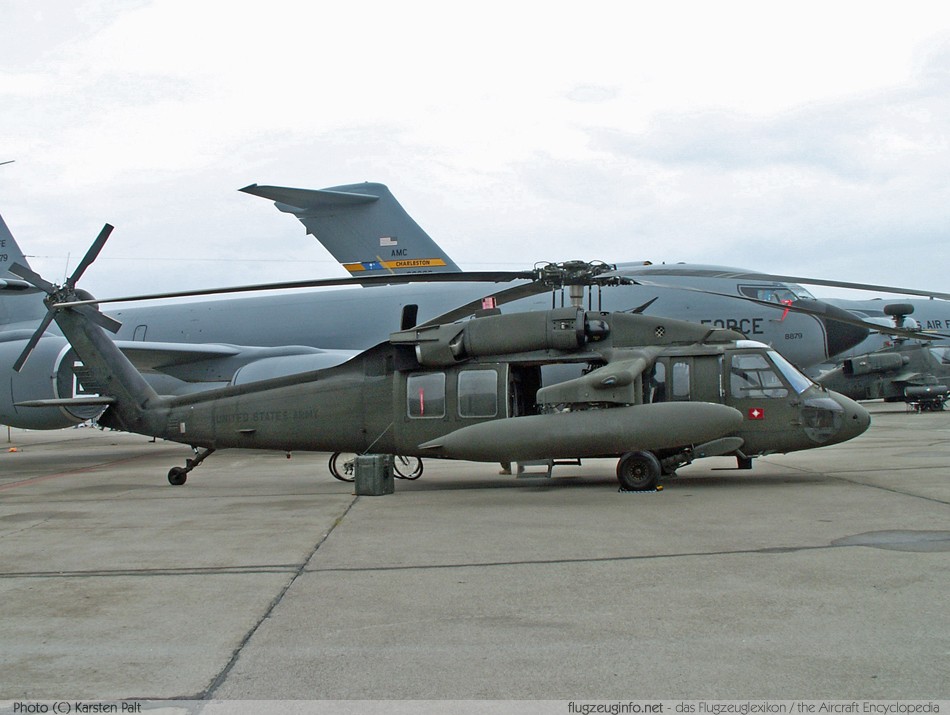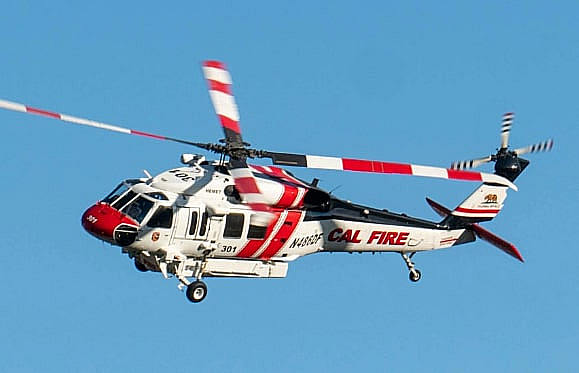Rotary-Wing Airplane Offering Superior Toughness and Precision Engineering
In the realm of air travel, rotary-wing aircraft have long been recognized for their unique capacities in numerous functional atmospheres. As we check out the elaborate balance in between advancement and dependability in rotary-wing aircraft, it becomes noticeable that the merging of innovative innovation and proven layout concepts has set a brand-new requirement for performance and performance in the aerospace market.
Development of Rotary-Wing Technology
Throughout the background of air travel, the evolution of rotary-wing modern technology has been a testament to constant advancement and development in aeronautical design. From the early days of upright flight with primary styles to the sophisticated helicopters and various other rotary-wing aircraft these days, the progress in this area has been impressive.
In the early 1900s, leaders like Igor Sikorsky and Juan de la Cierva made considerable strides in rotary-wing modern technology. Sikorsky's VS-300 helicopter, very first flown in 1939, noted an essential moment in the advancement of practical rotary-wing aircraft. This success led the way for more developments in upright flight abilities.

Today, rotary-wing aircraft play crucial functions in different markets, consisting of armed forces procedures, emergency situation clinical solutions, legislation enforcement, and industrial transport. The development of rotary-wing modern technology remains to press the limits of what is possible in vertical flight, guaranteeing that these aircraft remain essential assets in the aviation industry.
Materials and Building And Construction Innovations
Demonstrating a blend of advanced products and exact building and construction strategies, rotary-wing aircraft have undertaken significant innovations in durability and performance. One of the vital developments in products used for rotary-wing airplane is the enhancing application of composite materials.
Moreover, the assimilation of sophisticated layers and surface treatments has played an important duty in boosting the sturdiness of rotary-wing aircraft. These finishes provide protection versus deterioration, abrasion, and extreme climate condition, expanding the life expectancy of the aircraft and decreasing upkeep needs.
In terms of construction advancements, additive production, likewise recognized as 3D printing, has revolutionized the production of facility parts for rotary-wing aircraft. This technology enables fast prototyping and customization, bring about quicker development cycles and lowered expenses. In general, the continuous advancement of materials and construction techniques is driving the capacities and performance of rotary-wing aircraft to new elevations.
Precision Flight Control Equipment

The assimilation of GPS innovation better improves the accuracy and dependability of these systems, allowing for specific navigation, waypoint monitoring, and automated flight control. sikorsky s 70. This degree of precision not just enhances the security of rotary-wing operations however also enhances overall operational performance and objective performance
Furthermore, the continual developments in artificial intelligence and maker learning have promoted the development of self-governing trip capabilities within Accuracy Trip Control Systems. This allows rotary-wing airplane to carry out complicated goals with exceptional precision and uniformity, making them essential possessions in a vast array of applications, including armed forces operations, search and rescue objectives, and airborne photography.
Sturdiness in Challenging Environments
Sought after functional setups, rotary-wing airplane show remarkable resilience and robustness, ensuring ideal efficiency under tough ecological problems. These airplanes are designed to endure a wide variety of ecological variables, consisting of severe temperature levels, high winds, and harsh surface, making them fit for numerous missions in varied landscapes.
One key factor contributing to the resilience of rotary-wing aircraft is their rugged construction. These aircraft are built using top quality materials and advanced engineering strategies to boost their architectural honesty and dependability. Furthermore, elements such as rotor blades, engine systems, and look at here landing gear are meticulously made to hold up against the stress and anxieties experienced during procedures in tough atmospheres.
Additionally, rotary-wing aircraft are outfitted with innovative onboard systems that keep an eye on performance metrics in real-time, permitting aggressive maintenance and early discovery of prospective issues - sikorsky s 70. This aggressive technique helps protect against unanticipated failures and ensures the ongoing airworthiness of the aircraft sought after operational settings. Generally, the sturdiness of rotary-wing aircraft in tough environments is a testimony to their exceptional engineering and style, making them essential properties for different mission-critical procedures
Maintenance and Integrity Criteria
The adherence to stringent upkeep and reliability requirements is paramount in making sure the optimal efficiency and safety and security of rotary-wing aircraft. Normal maintenance checks, performed by certified service technicians, are vital to recognize and address any type of possible issues prior to they endanger the aircraft's performance. These checks incorporate an extensive exam of all crucial elements, consisting of the engine, rotor system, avionics, and hydraulic systems, to ensure that they remain in prime functioning problem.
Furthermore, adherence to arranged upkeep periods in accordance with maker standards is crucial for supporting the aircraft's integrity. This aggressive approach helps stop unanticipated failures and ensures that the aircraft stays airworthy for its designated objectives. In addition, the execution of durable integrity standards, such as routine component testing and replacement based on predetermined lifecycles, even more improves the aircraft's reliability.
Final Thought

In final thought, the improvements in rotary-wing airplane innovation have actually caused remarkable toughness and accuracy engineering. With ingenious materials and construction techniques, in addition to accuracy trip control systems, these why not try this out aircraft can operate in challenging environments with raised integrity. The upkeep and dependability requirements guarantee that these rotary-wing aircraft proceed to do at their finest, making them vital assets for various sectors.
Showing a combination of cutting-edge products and exact building and construction methods, rotary-wing aircraft have actually gone through significant advancements in longevity and performance. One of the key technologies in materials used for rotary-wing airplane is the enhancing application of composite materials.With careful attention to information and advanced technical integration, rotary-wing airplane have welcomed you could try these out Precision Trip Control Systems as a keystone of their operational quality. In general, the longevity of rotary-wing aircraft in tough atmospheres is a testimony to their exceptional design and design, making them vital assets for different mission-critical operations.
In conclusion, the improvements in rotary-wing airplane innovation have actually led to premium sturdiness and accuracy design.